feature
Water and Sanitation
An Interdisciplinary Project-Based Inquiry Global Process
The Science Teacher—November/December 2020 (Volume 88, Issue 2)
By Marie Himes, Hiller Spires, Erin Krupa and Cameron Good
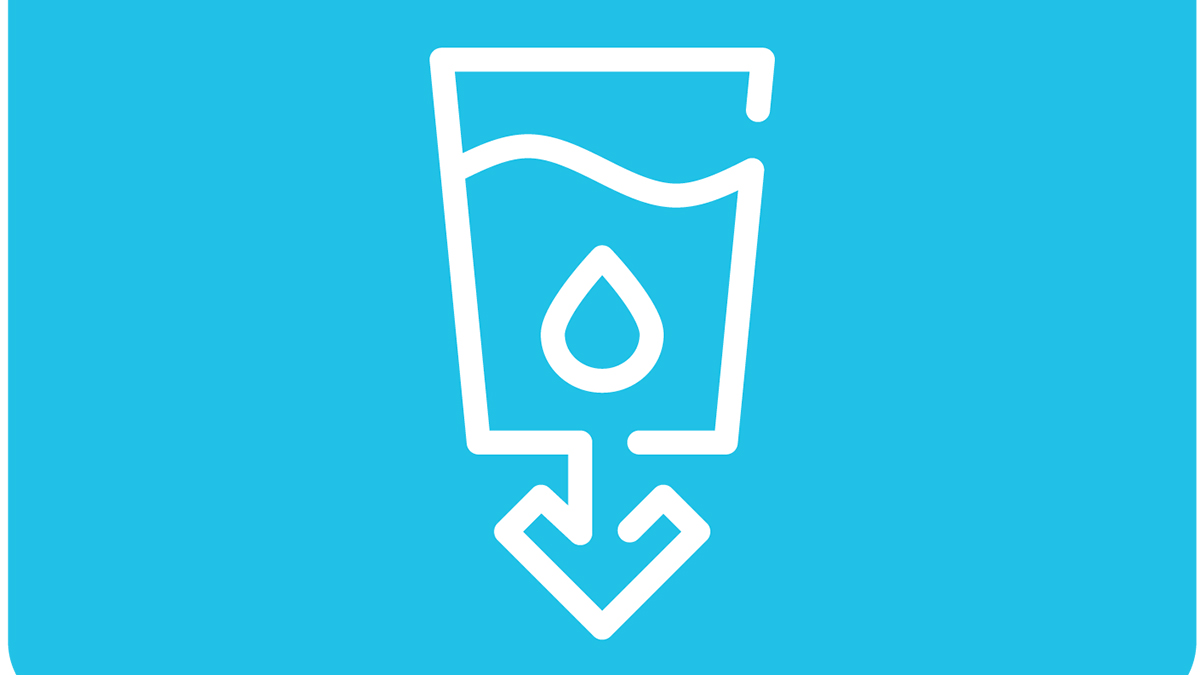
Although the existence of and access to clean water are essential for sustaining life on Earth, multiple studies have demonstrated students’ nascent understanding of basic water principles. Students have misconceptions related to the water cycle (Ben-zvi-Assarf and Orion 2005), groundwater (Dickerson and Dawkins 2004; Covitt et al. 2009), and the effects of pollution (Bingol 2017). Regardless of the number of science classes taken, students’ knowledge of water remains stagnant, with misconceptions becoming more prevalent over time (Brody 1993).
Ben-zvi-Assarf (2005) suggests teaching about the impact of the water cycle on people’s lives to increase relevancy and deepen student understanding. The Next Generation Science Standards (NGSS) address the need for students to develop a depth and breadth of understanding of water, specifically within the high school Earth Science domain on the intersections of Earth and human activity (National Research Council 2012). Additionally, inquiry-based instruction has been shown to improve students’ science content knowledge integration (Lee et al. 2010).
In this interdisciplinary Project-Based Inquiry (PBI) Global (Spires et al. 2019), students engage in collaborative inquiry across multiple academic disciplines around SDG 6 (“ensure availability and sustainable management of water and sanitation for all”) (United Nations General Assembly 2015). The United Nations Sustainable Development Goals (SDGs) offer a blueprint for addressing enduring global challenges by 2030. The SDGs are grounded in global consensus and set targets to be reached by all countries. Through their inquiry, students create multimodal learning products to share their research findings with a broader audience and take social action to address global water and sanitation challenges.
Students’ inquiry, grounded in the science classroom, is more fully developed through an interdisciplinary approach as students collaborate across time, space, and cultures to answer a Compelling Question related to clean water and sanitation. Expanding on Jacques Cousteau’s quote from above, access to clean water and adequate sanitation has wide-ranging consequences for health, economic development, gender, ethnic, and racial equity, peace and conflict, and education. Thus, a PBI Global focused on SDG 6 provides students and teachers diverse, complex, and meaningful opportunities for inquiry.
What is the PBI Global process?
During PBI Global, student teams engage in a five-phase iterative inquiry process to
- develop a Compelling Question
- gather and analyze sources
- creatively synthesize claims and evidence
- critically evaluate and revise
- share, publish, and act (see Figure 1; Spires et al. 2019; Spires et al. 2020).
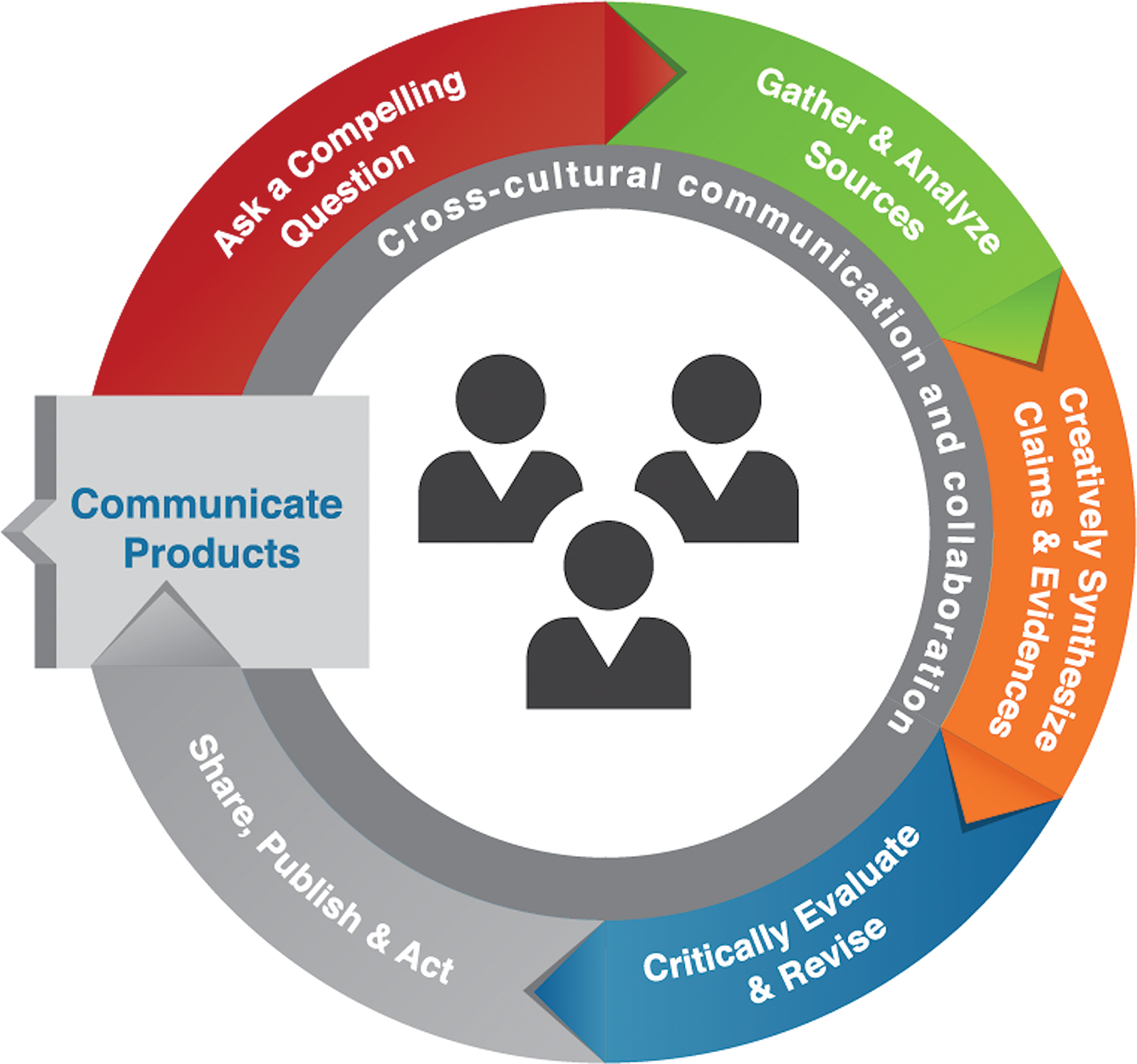
PBI Global process (Spires et al. 2019)
The level of student autonomy throughout this process is carefully considered and intentionally scaffolded by teachers during PBI Global planning and implementation. When considering student autonomy levels, teachers must take into account multiple factors, including students’ familiarity with the content and inquiry process, project duration, and expectations for depth and complexity of student understanding. For example, depending on time and classroom constraints, teachers may have students work collaboratively to develop their own Compelling Questions on the focal SDG (requiring more time and in-the-moment teacher support), or they may provide students with Compelling Question options from which to choose.
In general, greater student autonomy during inquiry results in increased student motivation and engagement (Bunterm et al. 2014); however, it also requires ongoing teacher feedback to support students’ direction and rigor of inquiry.
Although the Compelling Question drives student inquiry, this phase is not necessarily the learners’ point-of-entry into the inquiry process, particularly if the thematic focus, i.e., the SDG, is new for students. A key feature of PBI Global is for all students to begin their inquiry by reading a common text, (For example, A Long Walk to Water by Linda Sue Park) and examining the focal SDG through the lens of multiple disciplines. This interdisciplinary background knowledge then informs the development of students’ Compelling Questions and ultimately their evidence-based responses.
As an interdisciplinary instructional endeavor, it remains helpful for one teacher and classroom to act as the coordinating entity. Since the 9–12 grade band of the NGSS Earth Science domain addresses access to clean water within the context of Earth and Human Activity, the science teacher fits naturally into the role of coordinator for an interdisciplinary PBI Global with this focus.
How can an interdisciplinary PBI Global be implemented?
When designing an interdisciplinary PBI Global, teachers typically begin planning with the end in mind. Determining what you want your students to know and be able to do as a result of engaging in PBI Global creates a holistic view of the project and a road map for disciplinary instruction. For the student learning goals and products associated with this PBI Global, the authors created a six-week project timeline (See Online Connections) that includes weekly learning goals, PBI Global phase, and project benchmarks across five disciplines: math, science, English, history/social studies, and Spanish (see Figure 3). Additionally, the Spanish learning goals are easily adaptable for any world language classroom.
Once educators have an overall instructional plan, decisions are made regarding the composition of student teams and how team members will collaborate (i.e., which digital tools). For this exemplar PBI Global, we have set up a model Google Site to serve as the hub for project-related activity and communication among teachers and students.
Weeks 1-2
The first two weeks of PBI Global are used to set up the project structurally with students and to introduce them to the thematic focus. Bringing together all student participants in the same room and setting up a series of stations is an exciting and efficient approach to launching an interdisciplinary PBI Global. On Launch Day, students choose or are assigned to teams, are introduced to the inquiry process and project expectations, learn about the SDGs, and begin reading A Long Walk to Water. To view our Launch Day instructional materials, go to https://go.ncsu.edu/vhkldoa.
Students explore global water and sanitation challenges across the five disciplines. For example, in science, student teams create water filters from commonly available materials to examine how filtration design impacts particle prevalence, specifically conducting pre- and post-tests for the level of contaminants within water samples. Student teams compare their results in order to make determinations regarding effective, sustainable, and scalable filter designs. For a more detailed protocol from the water filter design challenge, go to https://go.ncsu.edu/gfnnxbe.
Students also learn about their local water and sanitation context. Understanding water challenges in their community will serve as a basis for comparison as students inquire across the global water and sanitation landscape. For example, students could encounter competing narratives regarding water quality in their community—the local coal power plant reports that a local water source is safe to drink while a watchdog organization shares findings that question the water’s potability.
Students can evaluate and compare their community’s water and sanitation opportunities, challenges, and complexities to water and sanitation challenges faced by communities around the world. One way for students to think more deeply about their local water and sanitation context is to write an H20 Story. Guiding questions and a template for this activity is available at https://go.ncsu.edu/hawyhds. The inquiry focus during these two weeks is for students to gather and analyze sources, accessing and building background knowledge to inform the development of student teams’ Compelling Questions.
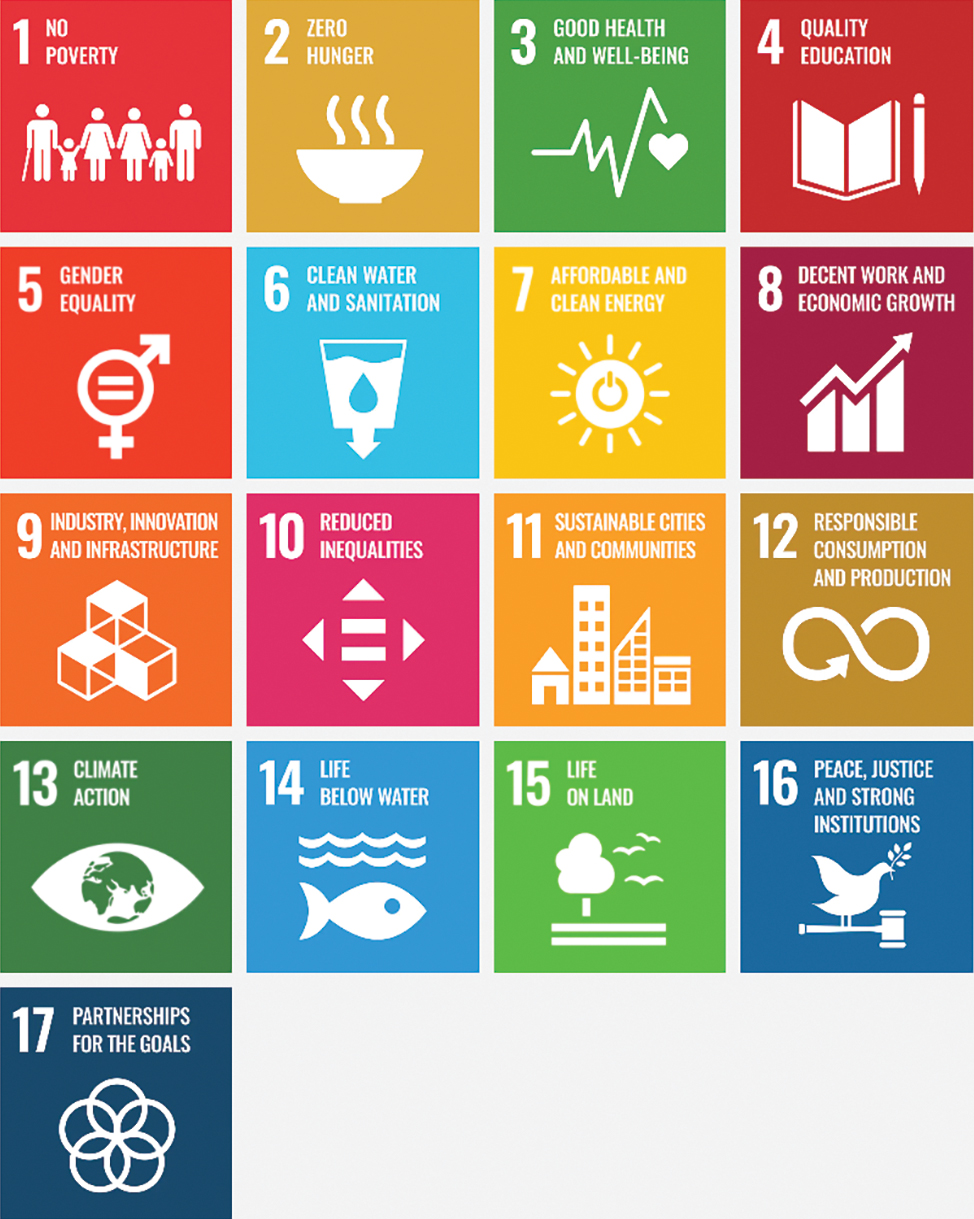
The 17 United Nations Sustainable Development Goals (SDG).
Week 3
With more nuanced understandings of global water and sanitation issues and their intersections with other enduring global challenges, students work collaboratively to develop Compelling Questions, which drive their inquiries. Each team develops its own question that connects SDG 6 to another Global Goal. For example, how do global sanitation challenges (SDG 6) present opportunities for innovation (SDG 9)?
To design robust inquiry questions, students often need instructional support. The researchers have developed a Compelling Question Lesson that guides students through question design (see https://go.ncsu.edu/lugtz2y). One heuristic approach utilized in the lesson to guide students in their question development is shown in Figure 2. The chart provides metacognitive support for students toward designing robust inquiry questions.
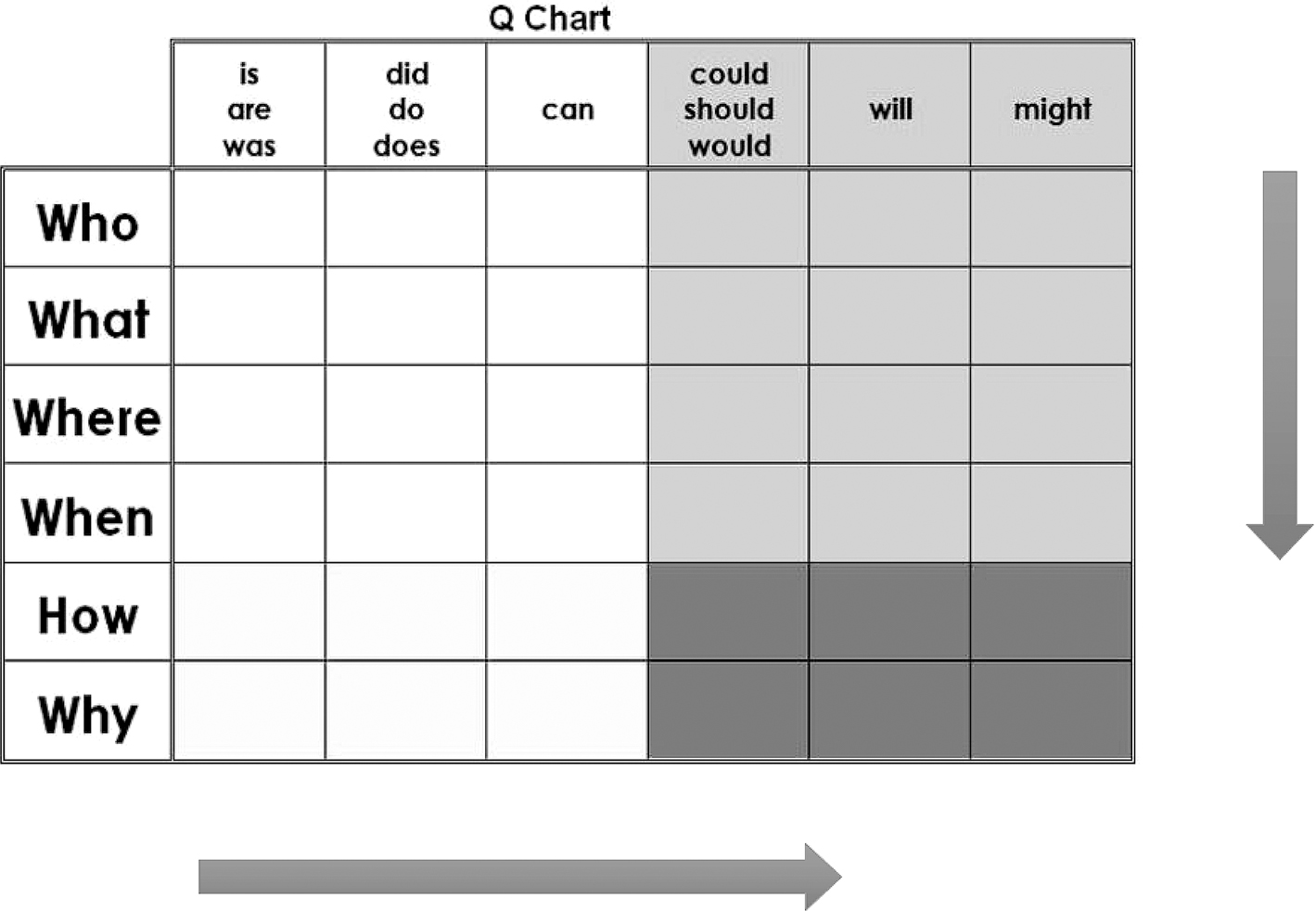
Compelling question chart.
Once student teams have each designed a Compelling Question, it is time to gather sources in an annotated bibliography. Depending on student learning needs, scholarly sources can be chosen for students; students can read and analyze sources from a curated list; students can gather and analyze the sources independently; or any combination of these options. To access scholarly publications, many public school systems maintain memberships with state-funded virtual libraries, such as NC Live or the Kentucky Virtual Library. Additionally, sites like Gapminder, Gather IQ and SDG Tracker provide open access data relevant to global inquiry.
Students create citations and annotations for sources with an eye toward formulating their evidence-based inquiry responses. To support student teams in structuring their annotated bibliographies, the researchers have created a PBI Global Annotated Bibliography Graphic Organizer. During week three, it is common for student teams to modify their Compelling Questions as they dig deeply into gathering and analyzing sources.
Week 4
With a Compelling Question and a number of sources that have been gathered and analyzed, student teams begin creatively synthesizing claims and evidence. During week four, student teams draft their PBI Global Claims Sheet (see https://go.ncsu.edu/gj8pnwe). For our exemplar PBI Global, students’ claims sheets need to answer their Compelling Questions using the following structure:
Introduction—Global context and thesis statement Claim
1: Local context Claim
2: Spanish-speaking country context
Conclusion: Social activism
One instructional tool that supports students’ synthesis of claims and evidence is the PBI Global Evidence, Warrants, and Claims Graphic Organizer (see ). This schema-building tool guides students during claims and evidence synthesis by gathering and grouping evidence, then connecting it through a common-sense assumption (warrant), and finally creating an assertion (claim) based on the relationship between evidence and warrant. Often while structuring their writing, students realize that additional evidence is needed to strengthen their arguments, so it is not uncommon to gather and analyze additional sources at this point.
As a motivator for students, external experts on the topics of water and sanitation, social activism, and scholarly research review student teams’ draft claims sheets during the latter part of week four. These external expert evaluations can take place in-person or virtually. The authors have found that government officials and civil servants, higher education faculty and staff, and representatives from businesses and non-profit organizations are great contacts to utilize in this role. Tapping into your community’s human resources for this project creates an additional air of importance and authenticity for students (Spires et al. 2016).
Week 5
Student teams draft their multimodal visual products: infographic and public service announcement (PSA). The infographic serves as a condensed, visual synthesis of their inquiry, while the PSA is a call-to-action on their inquiry topic. See Figure 3 for a student infographic example, To view more examples of students’ multimodal visual products, visit and select one of the projects under “Past PBI Globals.”
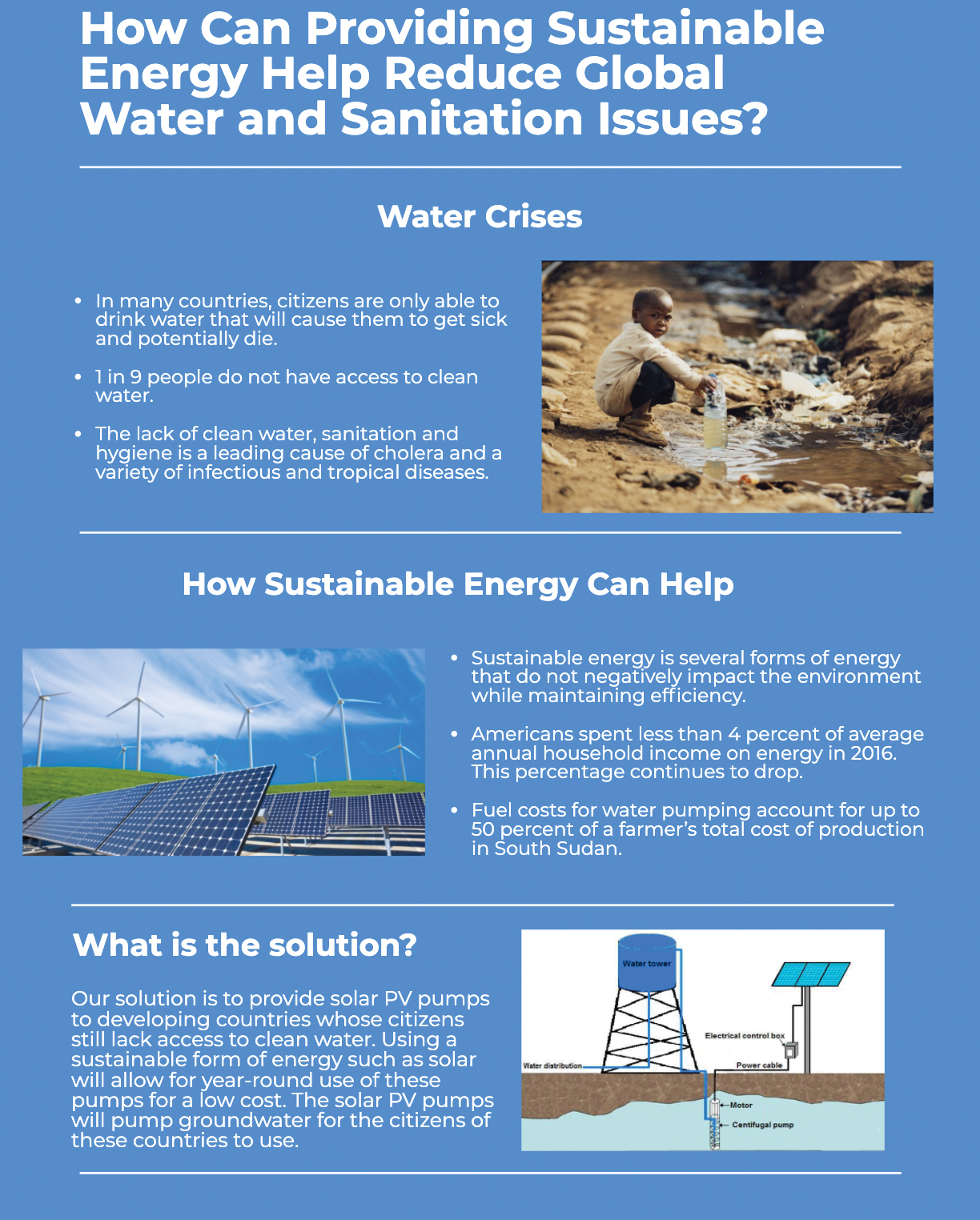
Example student infographic
In addition to submitting their multimodal products for feedback with external experts, students revise and edit their Claims Sheets based on the external experts’ feedback. We have found it beneficial for external experts to provide detailed feedback directly on students’ written and visual products, as well as via a summary on the PBI Global Feedback Form (see Online Connections).
Since student teams’ Claims Sheets and Annotated Bibliography Graphic Organizers are on Google Docs, external experts and teachers can easily review students’ work. Feedback can also be readily given on the infographic and PSA via Web 2.0 technologies, such as Piktochart and Animoto.
Week five is the time for students to plan how each team member will actively contribute during the showcase. With an interdisciplinary PBI Global, a whole grade level of students is often taking part in the showcase, so a gallery walk format allows for each team to share their findings with attendees in a time-efficient manner. If students are presenting in a gallery walk, then each student needs to develop an “elevator pitch” in order to succinctly share their research findings.
Week 6
Student teams finalize their written and visual products in week six and share their findings during the PBI Global Showcase. The showcase is advertised to parents and community members in advance; teachers, administrators, and students who are not direct participants in PBI Global are encouraged to attend.
Two days before the scheduled showcase, students participate in a dress rehearsal, which simulates the showcase experience for students and provides teachers with an additional opportunity to share feedback with students on products and presentation. Students then have an instructional day during which they can make any final revisions and edits to their PBI Global products and presentation.
Once students present their research findings, it is time for everyone to take collective action toward ensuring clean water and sanitation for all. One idea that brings the project full circle is the Iron Giraffe Challenge, sponsored by Water for South Sudan, Salva Dut’s non-profit organization that builds water wells in South Sudan (see for more information). To raise money for the Iron Giraffe Challenge, students can host a Walk for Water, which requires participants to walk two miles carrying two gallons of water, simulating Nya’s walk to retrieve water for her family in A Long Walk to Water.
Students gather pledges and donations from showcase attendees as donations for Water for South Sudan. To see how Person Early College High School (Roxboro, NC) and Wake STEM Early College (Raleigh, NC) engaged in a cross-school, water and sanitation-focused PBI Global, specifically their showcase and Walk for Water, go to .
Conclusion
Using the SDGs as the thematic framework for interdisciplinary PBI Global necessitates students and teachers structuring their inquiry through a lens of interconnectedness and agency—asking questions that require the development of more nuanced and complex understandings of the synergy among the SDGs as well as between the SDGs and the local, regional, and global contexts.
As Cousteau suggests in the introductory quote, one’s understanding of water is intricately linked to sustaining life on Earth. Through this PBI Global, students’ understandings of global water and sanitation become more substantive, increasing the likelihood that they will feel empowered to take meaningful action.
Online Connections
Connecting to the Next Generation Science Standards
Interdisciplinary PBI Global project timeline
Marie Himes (mphimes@ncsu.edu) is a research associate at the Friday Institute for Educational Innovation; NC, Hiller Spires (haspires@ncsu.edu) is the executive director at the Friday Institute for Educational Innovation; NC, Erin Krupa is an assistant professor of math education in the College of Education; and Cameron Good is a graduate research assistant at the Friday Institute for Educational Innovation, all at North Carolina State University, Raleigh, NC.
Citizen Science Crosscutting Concepts Curriculum Earth & Space Science Environmental Science Inquiry Instructional Materials Interdisciplinary Pedagogy Teaching Strategies High School Grades 9-12


